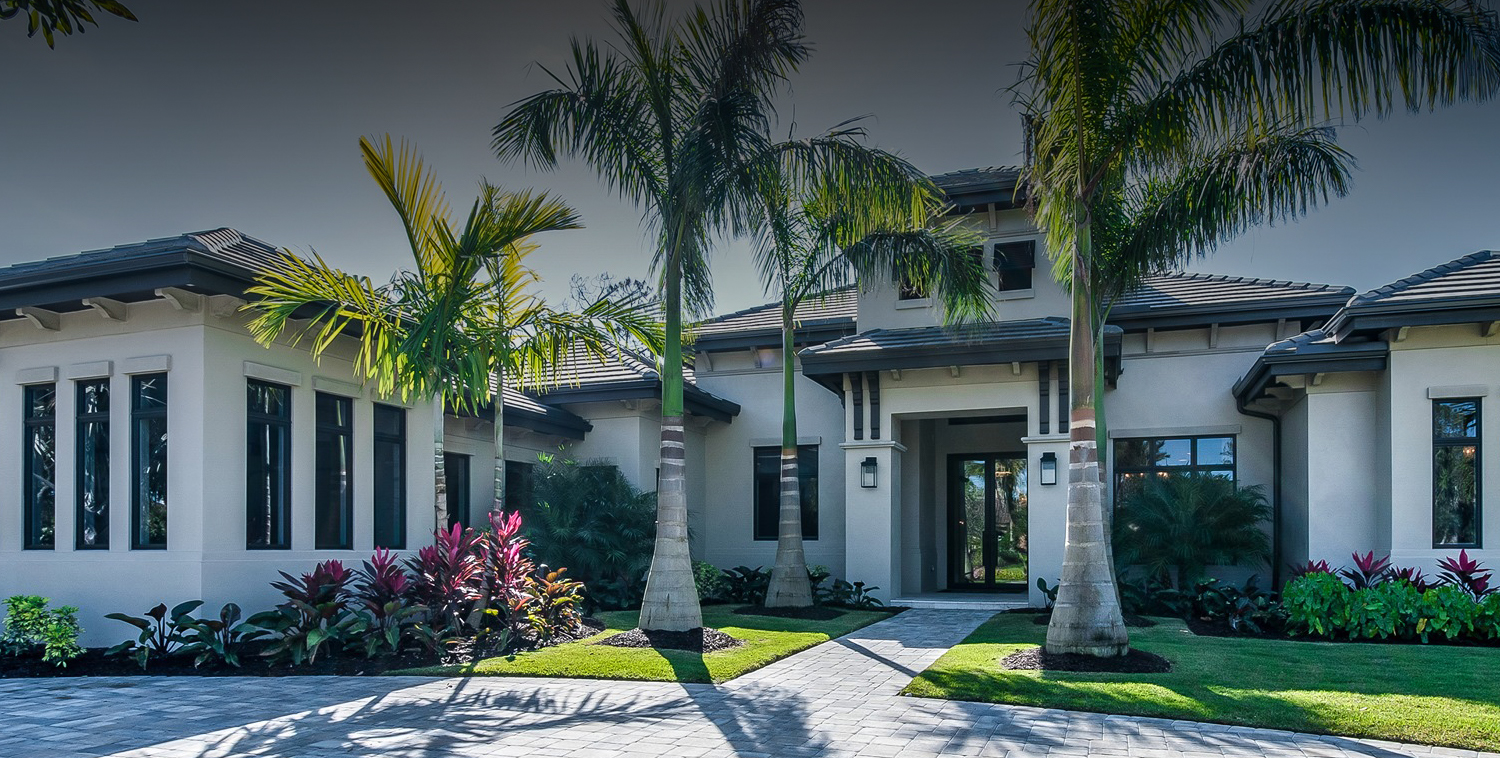
Why You Should Renovate Your Home Before Selling
Whether planning to sell your home or want a home makeover, renovating is an excellent idea. There are many reasons to remodel before selling, including
Congue taciti consectetur duis dignissim hac placerat diam lacinia. Risus nibh auctor interdum morbi id aliquam hendrerit consectetuer.

Whether planning to sell your home or want a home makeover, renovating is an excellent idea. There are many reasons to remodel before selling, including

If you’re preparing to have a home improvement project done, one of the most important things you can do is ask questions. Questions like “What
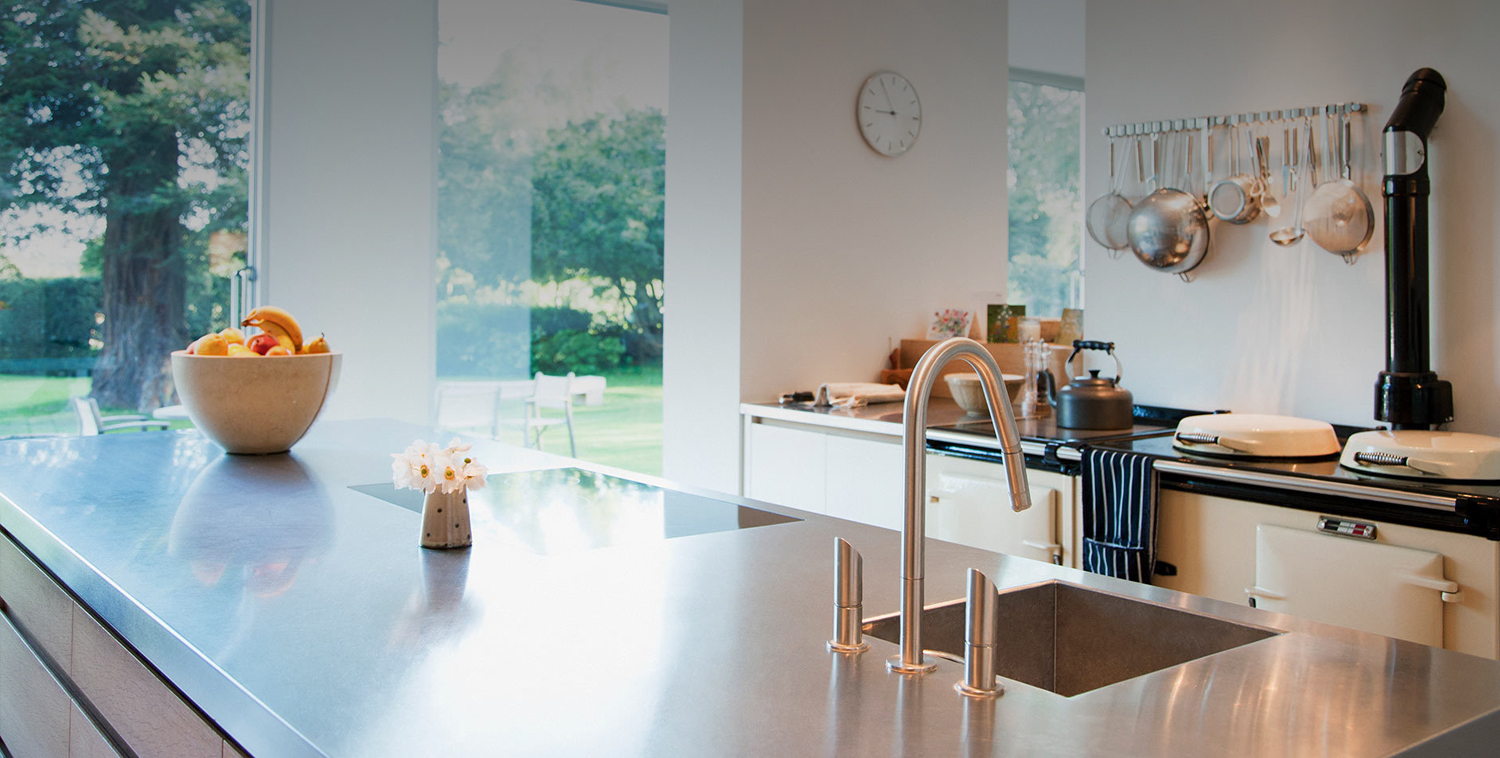
Top Five Reasons to Remodel Your Home Now Introduction We all know that home remodeling is a great way to improve the value of your
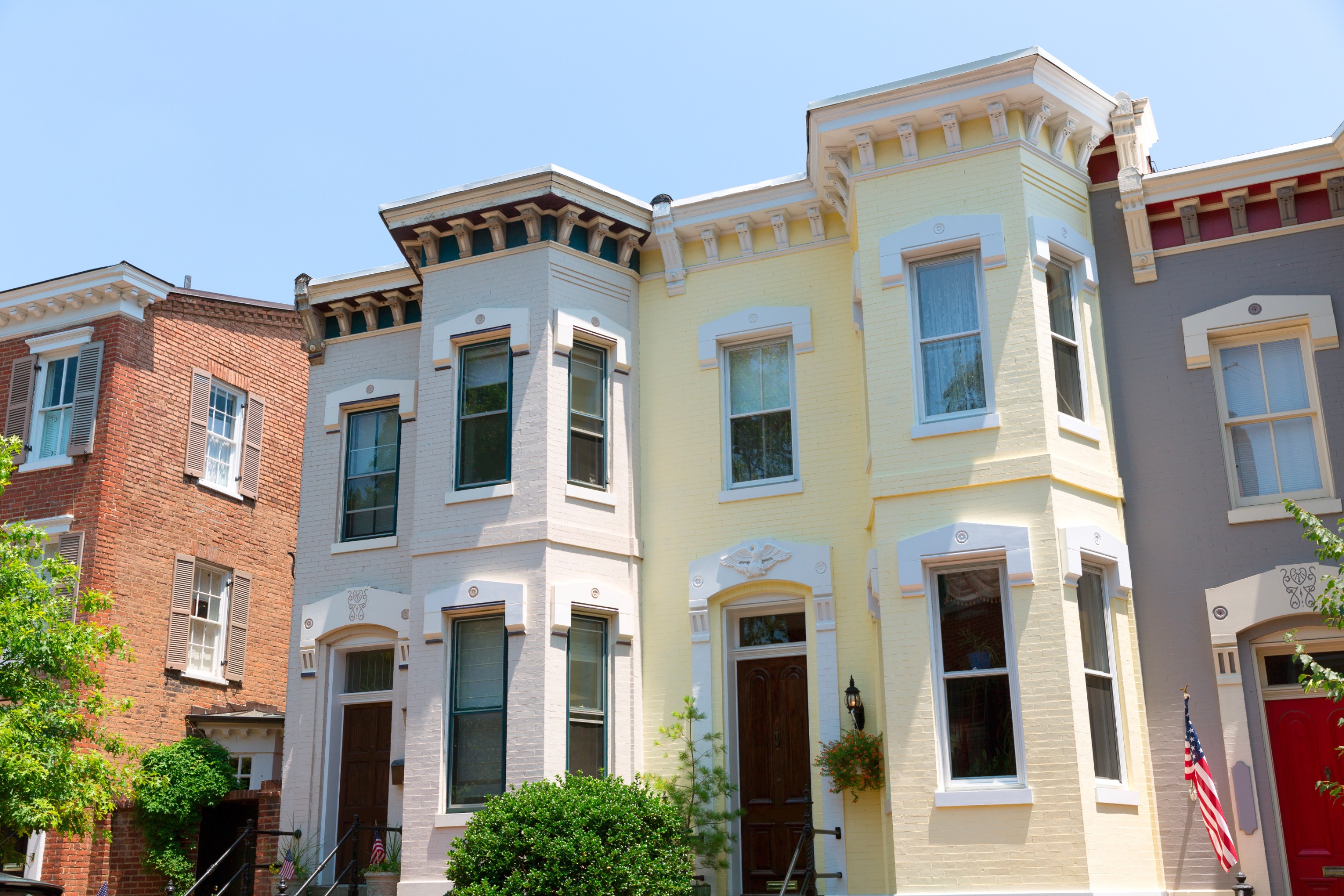
What You Need to Know About Remodeling Historic Homes Introduction When you have an old house, there are many things to consider before embarking on
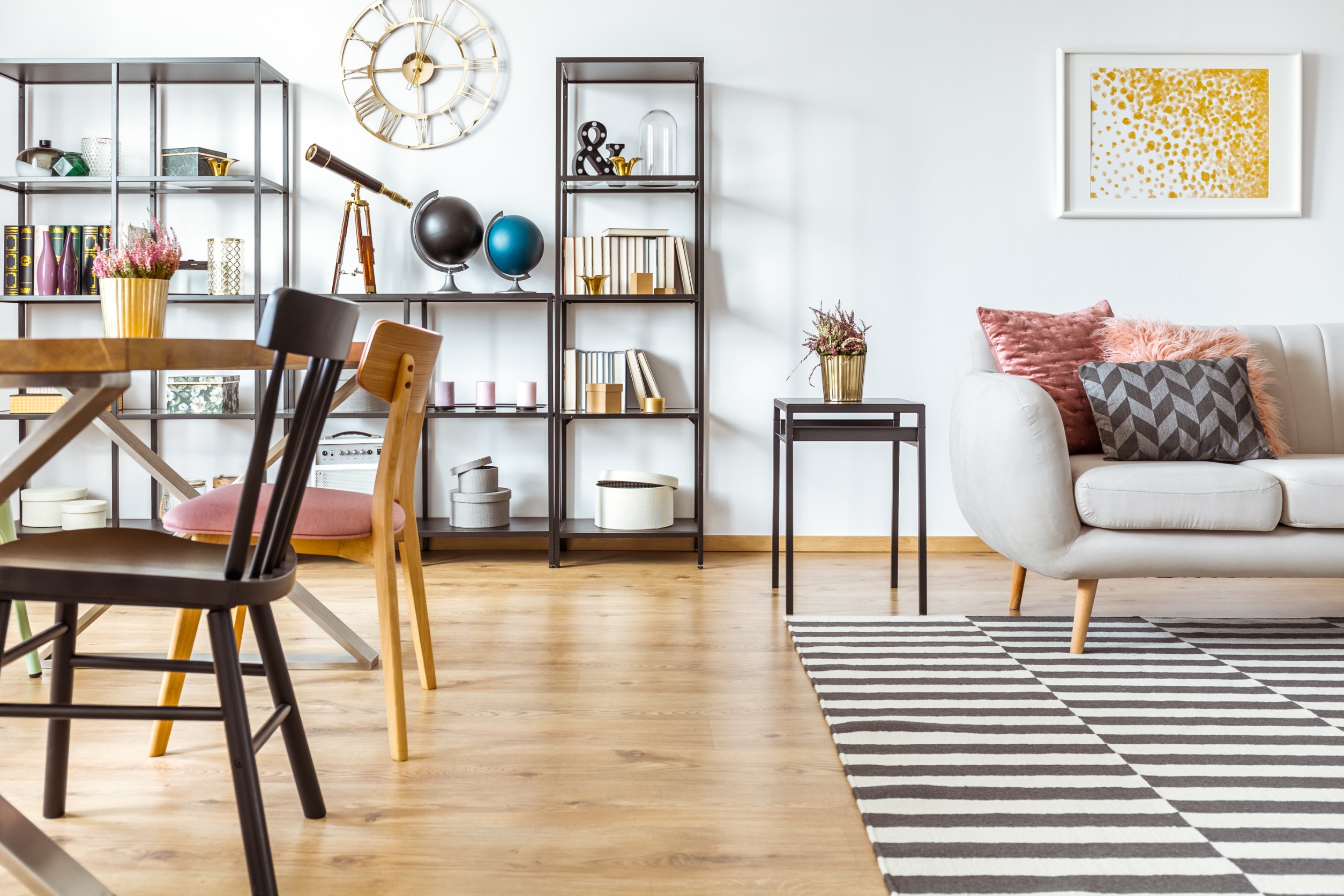
Maximizing Your Small Space: Tips and Tricks Introduction If you live in a small apartment, maximizing your space is key. You don’t want to end
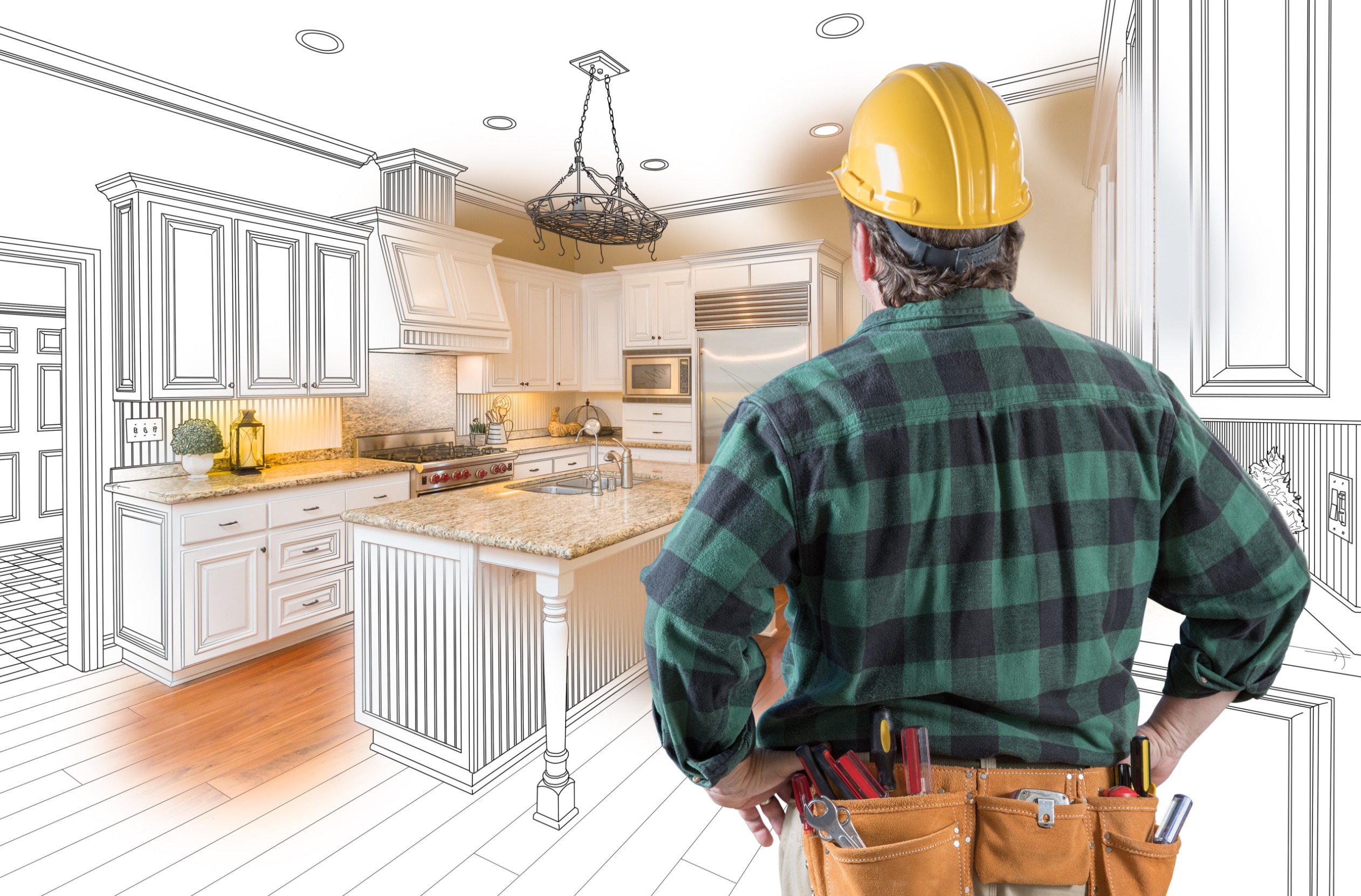
Creating Your Dream Home: A Step-by-Step Remodeling Guide Introduction If you’ve ever thought about remodeling your home, you may have found yourself overwhelmed by the
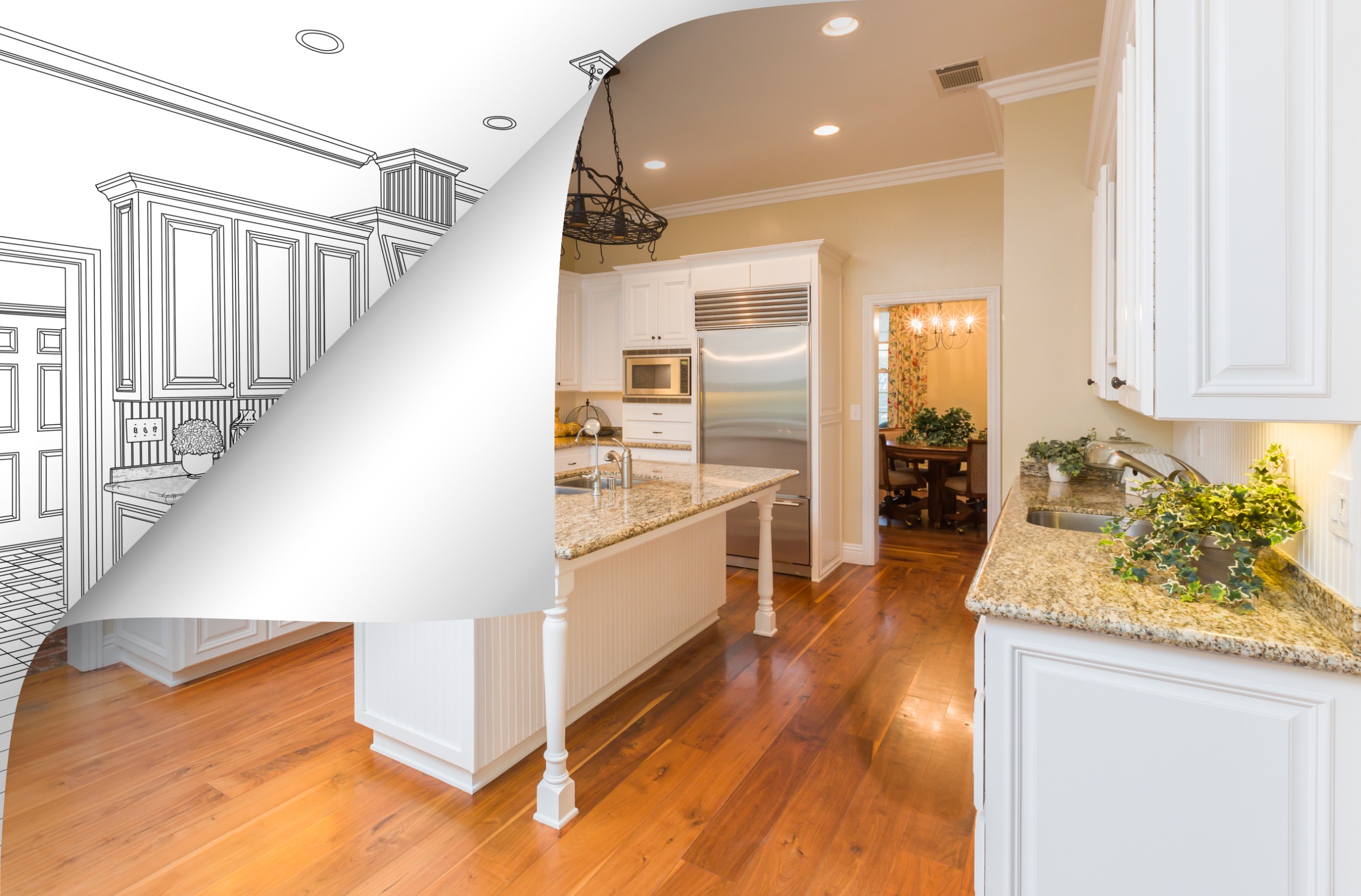
How to Blend Old and New in Your Home Remodel Introduction If you’re looking to make a home renovation that combines the old with the

Incorporating Florida’s Natural Beauty into Your Remodel Introduction Florida is known as the Sunshine State, and there’s no better place to live than in a
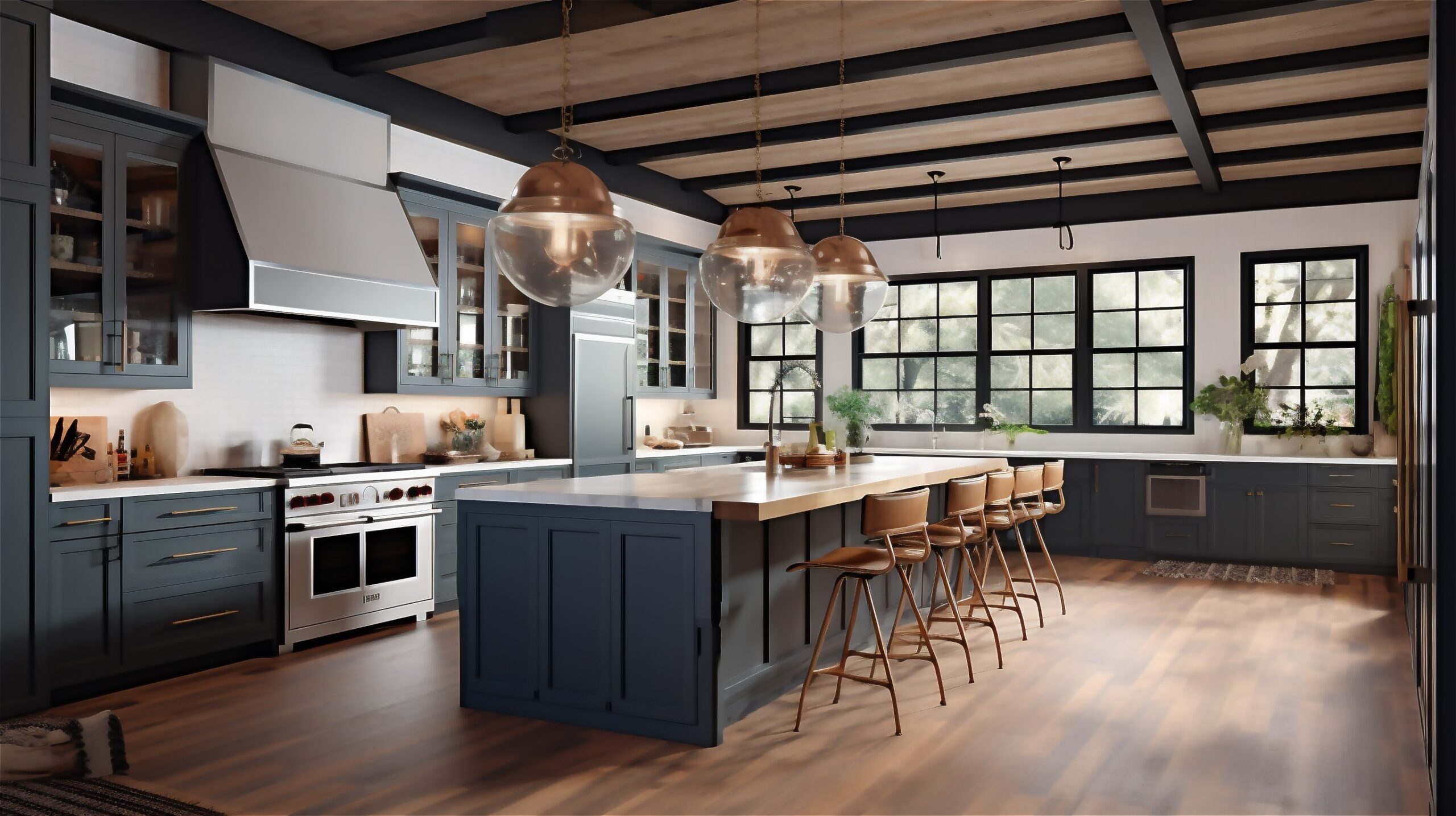
10 Most Popular Home Remodeling Trends Introduction The home remodeling industry is constantly changing, as new trends emerge and fads fall out of favor. From
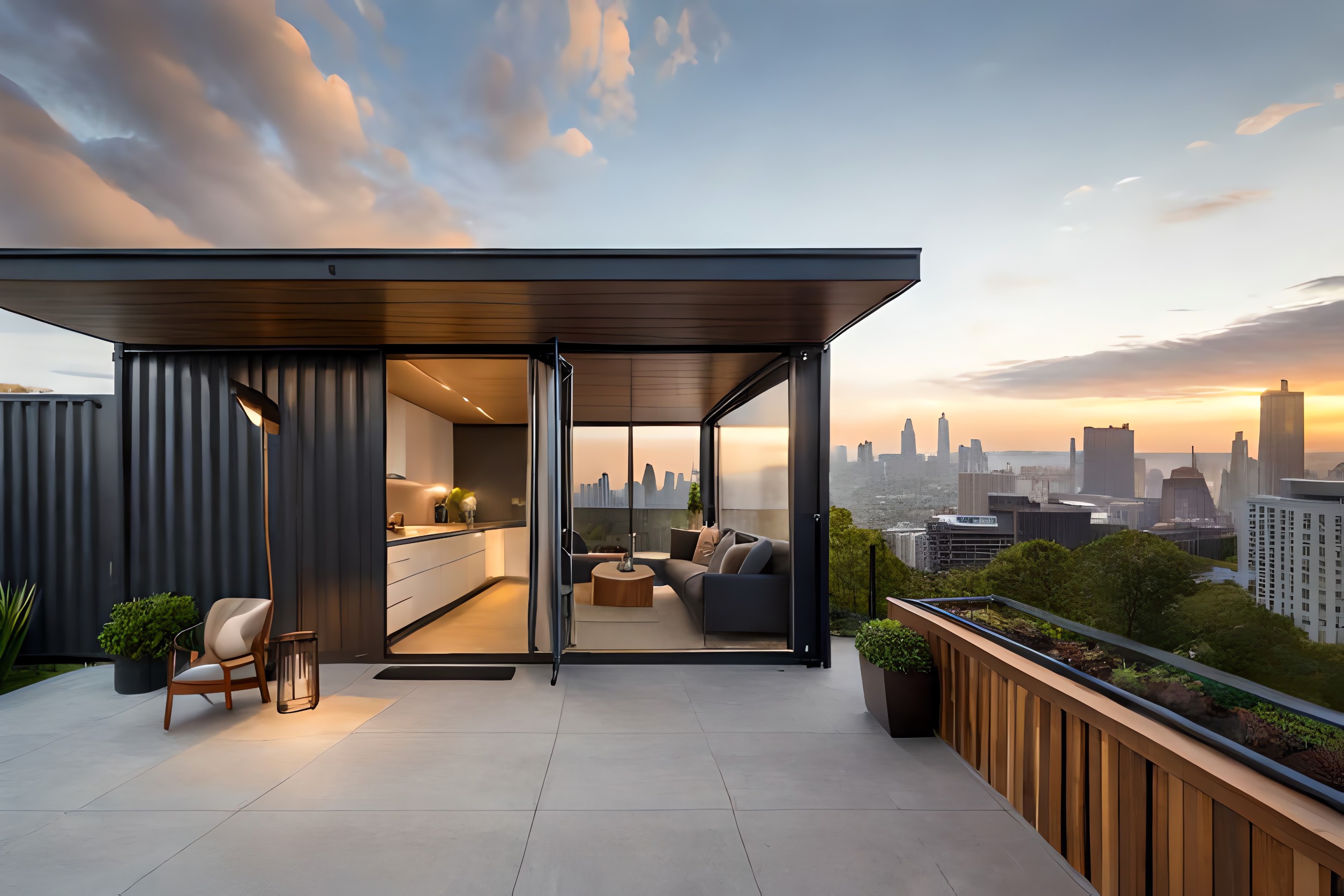
Your Guide to Sustainable Home Remodeling Introduction Whether it’s a kitchen renovation or a bathroom remodel, planning ahead is key to making sure your home